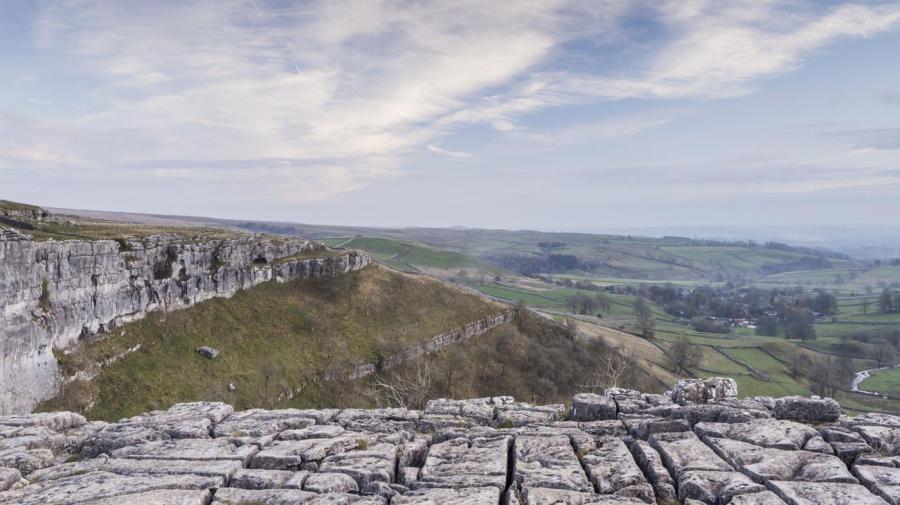What Is a Horizon Line in Art?

In art, the horizon line (also called eye level) marks the point where the sky meets the land or water below. The horizon line helps to put objects in a painting or drawing in their proper positions, and makes them appear realistic. Artists use the horizon line to make objects in paintings proportionate, and to set the stage for outdoor and landscape paintings.
Although artists often use the terms “horizon line” and “eye level” synonymously, the horizon line generally refers to drawings or paintings created using an outdoor scene. Eye level, in contrast, demonstrates the distinction between the sky (or ceiling) and land (which might appear as objects such as tables, desks and chairs as well) in paintings of indoor settings. The horizon line and eye level help to set proportions accurately by appearing at the actual height of viewers’ eyes when looking at a scene or objects. For instance, if the far end of a table appears halfway up a vase in a painting, that line becomes the horizon line. Artists also use horizon lines to establish reference points, and may use them to create focal points. Horizon lines appear as flat and horizontal lines across a page, and occur as parallel lines relating to linear perspective.





